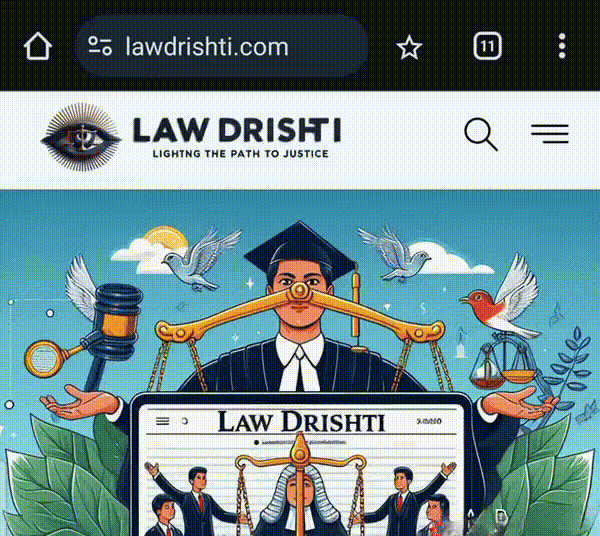Why this role matters
Legal Experts Haryana ULB Recruitment 2025 is your chance to contribute directly to urban governance—advising on municipal laws, contracts, tenders, compliances, RTI matters, and litigation strategy. If you enjoy hands-on government work, drafting, and problem-solving within a fast-moving public sector ecosystem, this contract offers rich exposure, scale, and impact.
Key Responsibilities
- Draft, vet, and review contracts, MoUs, RFPs, and municipal notices.
- Advise on statutory compliance under municipal, urban development, and relevant state acts.
- Coordinate litigation: brief counsels, prepare affidavits/replies, track case progress.
- Support tendering/ procurement documentation and dispute redressal.
- Handle RTI responses, policy notes, and board/committee proceedings.
- Conduct legal research and prepare opinions for field offices.
- Train municipal staff on legal processes and record-keeping.
Eligibility
Option 1: LL.B. from any National Law University with 0–3 years of legal experience.
Option 2: LL.B. from any recognized College/University in India with more than 3 years of experience.
Preference: Strong practical exposure, solid drafting, and relevant institutional background. Fresh NLU graduates with robust internships are encouraged to apply.
Skills & Competencies
- Excellent drafting and vetting skills
- Sound knowledge of municipal/urban laws, contract law, and administrative law
- Litigation coordination and case-management proficiency
- Comfort with government documentation, e-procurement, and RTI workflows
- Stakeholder communication and concise advisory writing
- High integrity, accountability, and ability to work to deadlines
Selection Process
- Application Screening: Profile, qualifications, and experience relevance.
- Assessment/Interview: Drafting test and/or interaction to evaluate legal reasoning.
- Document Verification: Academic and experience proofs.
Final engagement follows departmental procedures and government norms.
Documents to Keep Ready
- Updated CV with contact details and bar enrollment (if applicable).
- LL.B. degree/mark sheets; higher qualifications (if any).
- Experience certificates/appointment letters/engagement proofs.
- Writing samples: pleadings/drafts/opinions (redacted).
- ID proof and recent photograph.
How to Apply
- Review eligibility and role details above.
- Prepare documents and a crisp 1-page cover note highlighting municipal/contract law experience.
- Submit your application via the official link: https://lnkd.in/gMEjE3Ew
- Track updates; keep your phone and email active for interview intimation.
Important Dates
- Original deadline: 31 July 2025
- Extended deadline: 31 August 2025
Pro tip: Apply at least a week early to avoid last-minute rush.
Salary & Benefits
- Remuneration as per government norms for contractual roles.
- Exposure to statewide urban projects and cross-functional teams.
- Opportunity to shape reforms in municipal service delivery.
Who Should Apply?
- NLU grads (0–3 years) seeking high-impact public law experience.
- Legal professionals (3+ years) with strong drafting/ advisory background.
- Candidates comfortable with field coordination and departmental processes.
- Advocates who enjoy blending policy, contracts, and litigation management.
Tips to Strengthen Your Application
- Lead with outcomes: “Vetted 20+ work orders; reduced dispute risk by 30%.”
- Showcase municipal/infra/PPP/contract law exposure.
- Attach a polished, anonymized drafting sample.
- Mention digital skills: case trackers, e-office, e-tender portals.
- Be interview-ready on municipal statutes, tender rules, and writ basics.
Why This Opportunity Stands Out
Legal Experts Haryana ULB Recruitment 2025 is not just another contractual role—it places you in the heart of urban governance, where the legal framework shapes how municipalities function on a day-to-day basis. From dispute prevention in contracts to litigation management and compliance advisory, the scope is vast and challenging. For candidates aiming to build credibility in public sector law, this exposure is invaluable. You’ll interact with diverse stakeholders—administrators, engineers, financial officers, contractors, and citizens—making your legal inputs practical and high-stakes.
Quick FAQs
Q1: Is prior government experience mandatory?
Not mandatory, but preference is given to candidates with practical exposure and relevant institutional background. Internships with government/PSUs count positively.
Q2: What if I’m an NLU fresher?
Eligible under Option 1. Highlight internships, moots, research, and drafting samples. Strong fundamentals and clarity on municipal processes will help.
Q3: Is the contract extendable?
Yes—initially 1 year, extendable up to 3 years, subject to performance and departmental requirements.





